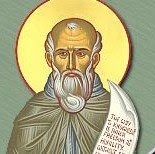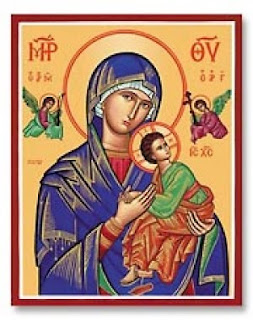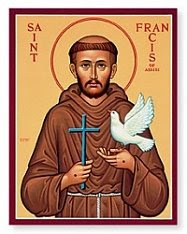Vatican announces plenary indulgence for Year of Priests
The Vatican has decreed a plenary indulgence for the Year of Priests, which will begin on June 19, 2009: the feast of the Sacred Heart. In a decree made public on May 12, and signed by Cardinal James Stafford, the head of the Apostolic Penitentiary, the Vatican announced that the plenary indulgence will be available to all priests and faithful Catholics under the usual conditions. The decree stated that the indulgence will be granted to: (A) All truly penitent priests who, on any day, devotedly pray Lauds or Vespers before the Blessed Sacrament exposed to public adoration or in the tabernacle, and ... offer themselves with a ready and generous heart for the celebration of the Sacraments, especially the Sacrament of Penance, will be granted Plenary Indulgence, which they can also apply to their deceased confreres, if in accordance with current norms they take Sacramental Confession and the Eucharist and pray in accordance with the intentions of the Supreme Pontiff. Priests are furthermo





